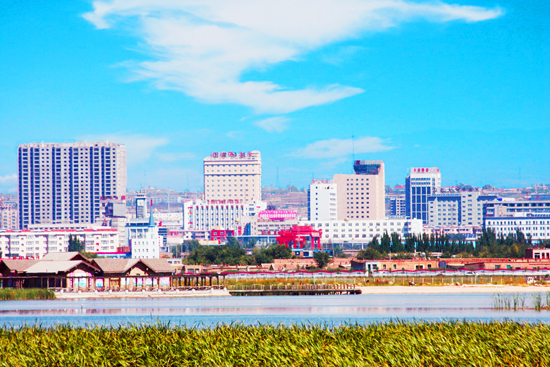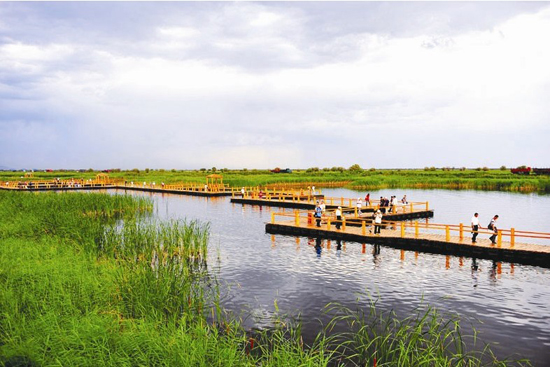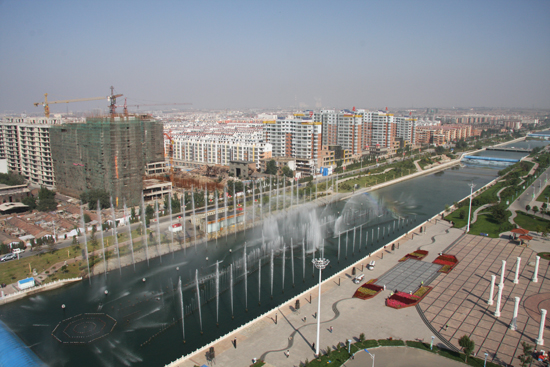Donghe district

Donghe district in Baotou [Photo provided to chinadaily.com.cn]
Donghe district belongs to the old city of Baotou and is named for the Donghe River – in ancient times called the Botuo River – which flows through the district.
Covering an area of 470 square kilometers, this historical and cultural district boasts many scenic spots.
These include the Nanhai Wetland scenic area which is a national 4A-level scenic area, the former residence of the revolutionary martyr Wang Ruofei, the 200-year-old Miaofa Temple and the Beiliang religious cultural cluster, the only one of its kind in China.

Nanhai Wetland Scenic Area is located in Donghe district. [Photo provided to chinadaily.com.cn]
The religious cultural cluster is composed of five dominant religious sects – Islam, Christianity, Chinese Buddhism, Lamaism and Catholicism – and covers an area of 0.53 square kilometers.
The total resident population is 548,300. There are 32 ethnic groups including the Mongolian, Han, Hui, Manchu and Korean peoples.
Donghe district has jurisdiction over two towns and 12 sub-district offices. There are 49 administrative villages and 60 community neighborhood committees.

Donghe district [Photo provided to chinadaily.com.cn]
The district is a production center for aluminum products and cashmere products in Baotou city. An industrial ecosystem mainly composed of aluminum and its deep processing, cashmere products and wine production and sales has been established there.
Donghe district is also home to the largest logistical distribution center and processing center for nonferrous metals, sugar production and wool manufacturing in Baotou.
